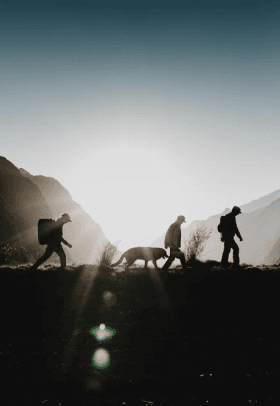
cordillera huayhuash: peru's epic trekking adventureRead more

Capital of the Inca Empire. Premier tourist destination of the country. Declared a National Historical Monument in 1972 and a World Heritage Site in 1983 by UNESCO. Often called the "Rome of America," due to its large number of monuments.











































March - December
5 days / 4 nights
April - October
12 days / 11 nights

April - December
5 days / 4 nights

April - October
6 days / 5 nights
